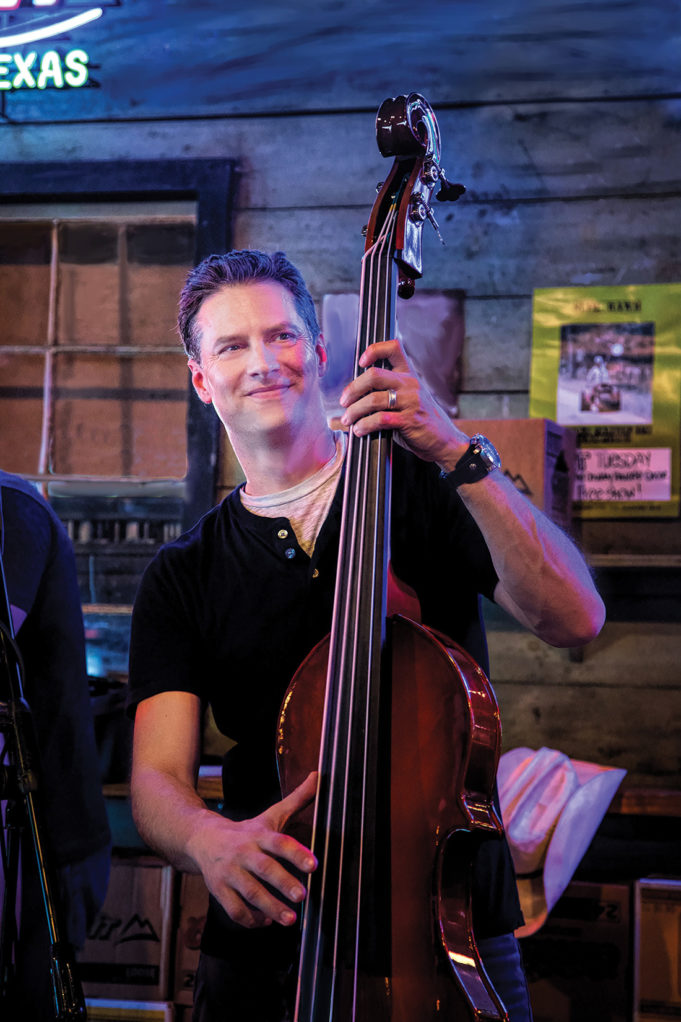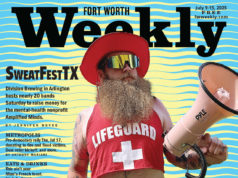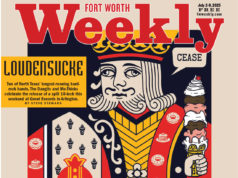The life of a studio musician, in the right market and with the right connections, can offer financial stability that can be hard find in the gigging world. Lawyer Eric Zukoski, who has 40 years of experience as a session musician, said his 40-year career in freelance recording studio work has been rewarding.
“Studio work [as a session musician] is much less speculative and more certain, but the prize is not as big,” he said, referring to the decision many musicians make to not seek risky solo careers. “It’s not as hard to get recording gigs as it is to get a record deal.”
While the up-front fees can support a musician’s freelance career, many studio artists do not know they can also earn royalties through the Digital Millennium Copyright Act. Before Congress passed the act in 2000, royalties were reserved exclusively for songwriters and publishers. With the passage of the act, union and non-union musos are entitled to digital session royalties that are earned through streams on satellite radio, the internet, and digital cable (the music-only stations found on channels 700 and up).
Zukoski, who has a special interest in music law, was well aware of the copyright act but never found non-union session artists who benefited from it. A chance conversation with a friend, multi-instrumentalist Paul Harrington, in late 2016 led to a revelation — and subsequent lawsuit — that helped non-union musicians earn their portion of the lucrative $1 billion digital royalty pie.
Harrington said he “performed with some rapper named after a dog,” Zukoski recalled.
The rapper, Grammy winner Pitbull, had hired Harrington to play a hookish line for his hit song “Timber,” which featured singer Ke$ha. The agile harmonica melody features prominently in the No. 1 Billboard hit. Out of curiosity, Zukoski asked a friend who worked at the union-led fund that was tasked with disbursing digital royalties why Harrington never received any money under the 2000 copyright act. Pitbull, the union rep replied, listed himself as playing all the instruments. Harrington jokingly suggested that someone should see if Pitbull could even play the harmonica. The union rep got the point.
Weeks later, Harrington received a large digital royalty check for his one hour in the recording studio. Zukoski figured there were certainly other musicians who were also owed fees from digital streams. After inquiring further with the union-led fund, the lawyer found that digital royalty funds were being divvied up but only to union members. Zukoski sent letters to the fund’s leaders asking them to rectify the situation. He did not receive a response.
Working with North Texas attorney Roger Mandel, Zukoski filed suit in federal court with the aim of compelling the union-led fund to provide digital royalty fees to non-union members. Zukoski ultimately won the three-year case, and on April 1, 2020, a New York federal court allocated just under $46 million in undistributed royalties to more than 60,000 session musicians. As part of the settlement, the union-led fund agreed to begin a program to promote the still little-known revenue source for studio musicians. Zukoski said the first checks, which range from $10 to tens of thousands of dollars, will be mailed out by the end of the year.
Over the coming years and decades, the court settlement will eventually benefit millions of session musicians, he added.
“There is an artistry to what they do,” he said. “I don’t know how to define what makes a good studio musician. Being able to make a singer sound better and having the ability to blend seamlessly and to phrase like the lead singer — there is an artistry to that. The session musician is not the reason people initially buy the record, but they are a big part of the reason they listen to the record over and over again.”












